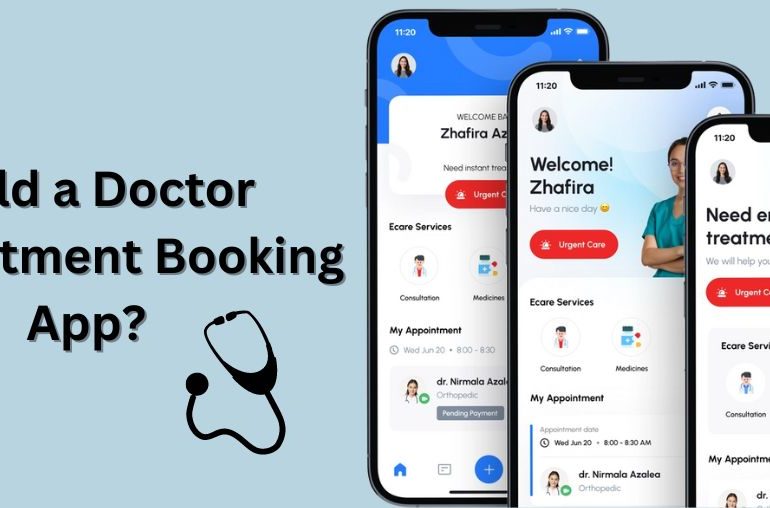Last Updated on May 4, 2022
What Is React Native?
React Native is an open-source JavaScript library that enables a web developer to construct a native-looking application quickly. The idea of React Native is actually quite simple, just code once, and then ready to go on various platforms (or, Android, iOS, Windows). The great thing about React Native is that, as long as your application is submitted to the app stores, it will display on iPhone and iPad – and Android phones running any version of Kit Kat or Jellybean.
Features Of React Native
React Native has several different features that are appealing to developers. One of those features is what is called “adption”. This is where React Native takes an existing HTML/XML/underscaped script and converts it into native code. This is used most often for developing hybrid apps. For example, if you are developing an action user interface – which looks and feels like an iPhone or Android application but is written in Java or C++, you can simply convert the Java script into React Native’s JavaScript code. There are a number of other features that will allow developers to create native apps faster and with more ease.
Another one of React Native’s great features is called “webpack”. Basically, webpage helps you package up all of your native code in one small file and enables React Native to “link” it together. In other words, instead of needing to create many different files when creating a native app – which can be a major time saver, webpage will bundle everything together, saving developers a ton of time. React Native also provides support for “hot reloading” which means that even if changes are made to the React Native code, it will automatically be updated in React Native’s internal library.
Although it may seem like a feature reserved only for large, complicated apps, React Native actually has a number of smaller components which can be used individually as well. For example, one of the cooler features of react native app development service is the concept of “helpers”. These are basically functions provided by React Native, which allow you to perform common tasks such as logging in, adding in the library, checking a value, creating the button and so forth.
One of the biggest challenges that React Native developers have had to overcome recently was the inability to use vanilla JavaScript while developing React Native apps. JavaScript was designed specifically for use within desktop and browser environments, not mobile devices. Since it was never intended to be used as a development language, developers had to find clever ways around it. Fortunately, one bright spark came along who designed a library called ” ES5 “domino” code library, which allows you to create react components which behave exactly like vanilla JavaScript code, but are written in a higher-security platform (ES5 versus JavaScript Flex or YUI). It’s huge!
So, there are a lot of Native apps out there. But, they are still very much at an early stage of development and are being utilized quite often within large organizations as well as in online applications and games. While they certainly have their place, react native apps will never gain mainstream popularity, similar to Xcode or iOS development. But, I believe the future is in the future, especially with more developers picking it up, and the developers who write react native-inspired apps will enjoy the benefits for years to come. Read more from here.
React Native Advantages For Your Mobile Business
With React Native there are a few reasons why you should consider switching to this technology. First, it’s open source and that allows you to use the latest in technology without any fees attached. Another great reason to use it for your mobile applications is that it supports many of the native functions that you don’t currently support in your mobile apps. There are a couple of different components that allow you to write mobile applications quickly and easily. Once you have learned how to use these easy to use components you will wonder why you ever wrote mobile code in the first place.
You will also find that there are no limitations to what you can do when it comes to React Native. If you are familiar with other types of mobile programming, you will have an easier time adapting to the React Native terminology because everything is very similar. For example, you can use react Native to create a button that sends out an alert to your friends or followers.
React Native can also make your life a great deal easier. Developers no longer need to hire a Java or Android developer to get started on their applications. All of the current state of the art technology that React Native provides is already available and free to everyone. The other great thing about using react Native is that it allows for cross-platform mobile application development. This means that you can take your iPhone, Blackberry, Android and even Windows applications and develop them in your local language.
React Native Drawbacks
When it was first released back in 2021, many were excited about the new framework and the way it would revolutionize how mobile applications were developed. The idea behind React Native was to take what had been already available on Android through native code injection and apply it to web views so that it could be rendered natively through HTML. React Native was created by Netflix and was available for a very affordable price with no in app purchases required. The company soon realized, however, that not everyone was going to be satisfied with this product because of the many disadvantages it had. This resulted in Netflix needing to make changes to the way it marketed its product in order to gain more users.
One of the biggest disadvantages of React Native is the fact that it uses Java. While Java is an open source programming language, it runs on the desktop and does not have the same capabilities as a web browser. Because of this, some users do not feel that it is a fully usable application. This can limit its usage in corporate environments because if you need to develop a mobile application, there are a number of options available such as Java on the desktop or Safari on the iPhone, but none of these are quite as accessible.
Despite these flaws, React Native has still managed to gain a lot of supporters. This is probably because its fundamental concept is sound and the technology itself is relatively new. If you are interested in learning more about react native, you can find plenty of information online and it is recommended that you use the trial version to see whether or not it is something that will be suitable for your needs.





 USA
USA UK
UK Singapore
Singapore